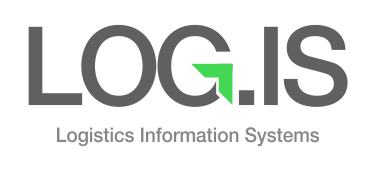Distribution
Beef Distribution in Indonesia Daerah are divided into several areas : Jawa, Sumatera, Bali dan Nusa Tenggara, Kalimantan, Sulawesi, as well as Maluku dan Papua. For each point of distribution, it receives additional supply from other regions, such as Sumatera, it receives supply from Java as well as Bali and Nusa Tenggara. National Beef Distribution can be seen in this following table:
| No. | Region | Supply From | Distribute To |
| 1 | Java | Bali and Nusa Tenggara, South Sumatera (Lampung), Local Java, Import | North Sumatera, Java local Market |
| 2 | Sumatera | Java, Bali and Nusa Tenggara, Local Sumatera, Import | Java, Sumatera Local Market |
| 3 | Bali and Nusa Tenggara (BNT) | Local BNT, Import | Java, Kalimantan, Sumatera, Sulawesi, Maluku and Papua, Local Market, BNT Local Market |
| 4 | Kalimantan | Sulawesi, Bali and Nusa Tenggara, Local Kalimantan, Import Kalimatan | Local Market |
| 5 | Sulawesi | Bali and Nusa Tenggara, Local Sulawesi, Import Kalimatan | Kalimantan, Sulawesi Local Market |
| 6 | Maluku and Papua | Bali and Nusa Tenggara, Import | Maluku and Papua Local Market |
We currently import “Live Cattle” and “Frozen Meat” from other contries. Live cattle will go to “Beef Processing Plant” and will be delivered to processing industry such as hotel, restaurant, and catering; super market; as well as wet market. Meanwhile, frozen meat is delivered to processing industry such as hotel, restaurant, and catering.
Note: Compile from any sources.Soybean production concentrated in small pockets are distant from each other. The marketing system has interconnectedness and dependence of the production system. Distribution of production is in small pockets complicate the efficiency of transport and marketing. Developing marketing system should have been in line with the production system. This is because the marketing system will be improved if production increased. However the increase in output also depends on the availability of the necessary services, including reliable marketing system. In terms of utilization of soybean, it was found that the increasing number of industrial and farm investments that attract foreign investors has brought about an increase in the feed industry and livestock. This situation contrasts with the industry of soy sauce, tofu, tempeh, oncom, because the feed industry seems to be the scope of coverage of large enterprises that can not be rivaled by small companies.
Note: Compile from any sources.Source: Indonesia Dairy and Products Annual Report, 2012
Source: Indonesia Sugar Annual Report, 2016
Here is the distribution flow of Subsidized Fertilizer :
- Distributor submits a redemption request accompanied with proof of payment transfer from Bank to Fertilizer Company.
- Distributor makes payment through Bank.
- Fertilizer company issues Delivery Order (DO) which is addressed to Grain Warehouse with copy to Distributor as order of fertilizer.
- Distributor contacts the Warehouse with a copy of DO for fertilizer taking.
- Warehouse Buffer verifies the copy of DO carried by Distributor with DO received from Fertilizer Company. Once declared true fertilizer submitted to the Distributor.
Copyright © 2016 Designed by : Thinker Studio. All Rights Reserved.
